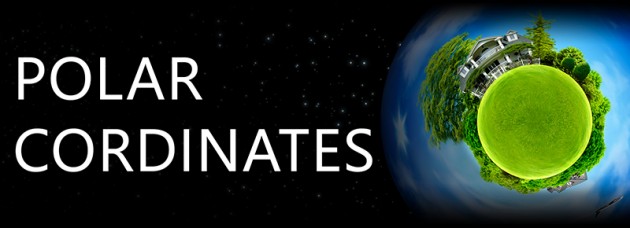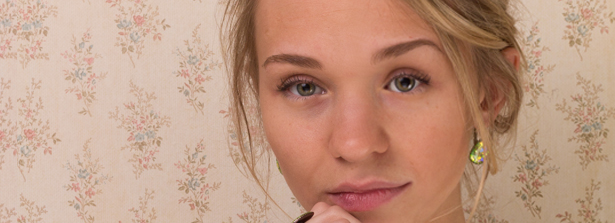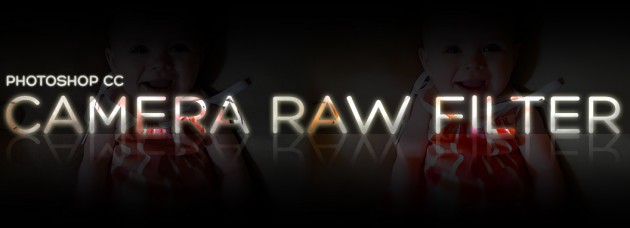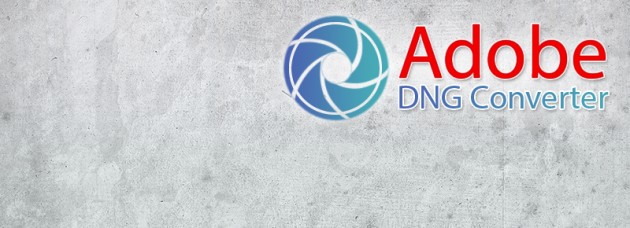
Create a tiny little world
Some imaginative experiments never got simpler. Photoshop has got various features and filter plugins to simply make a creative curious image editing. Since Adobe Photoshop CS 6 version, filter named “POLAR COORDINATES” is available which turns a panoramic image into 360 degree that makes image look like a planet. Let us demonstrate how to create a tiny planet: Step 1: Choose a right image. The most important part for this filter is good amount of constant sky and a constant ground without any breaks in-between having clean edges. Selecting image may take some more time than technique itself. So, we prefer trying different images for quick results. For this example, we have used an image that has a clear sky





